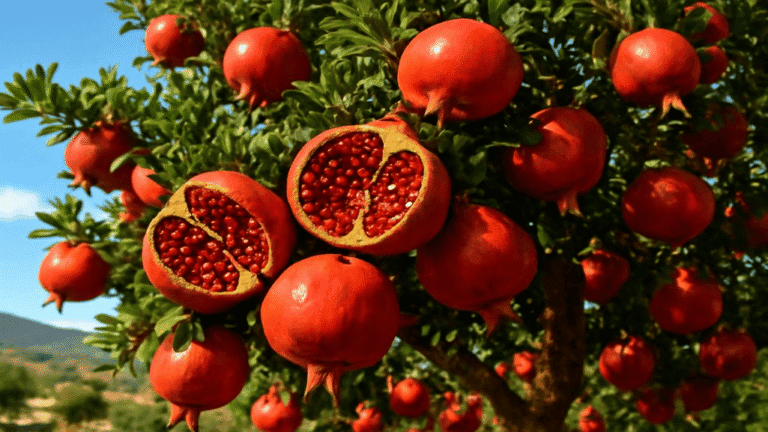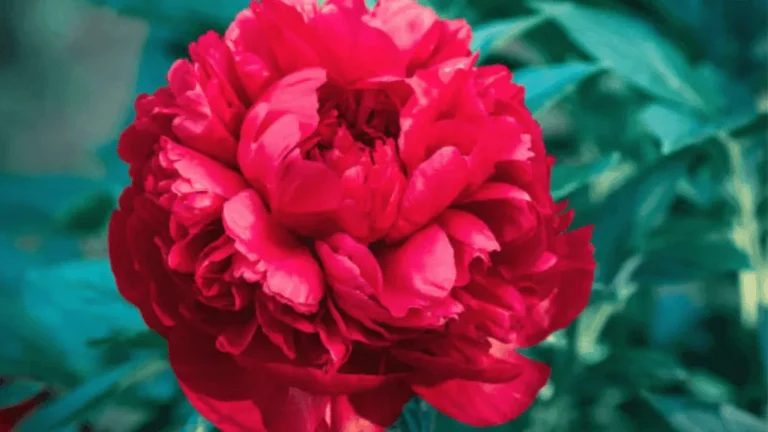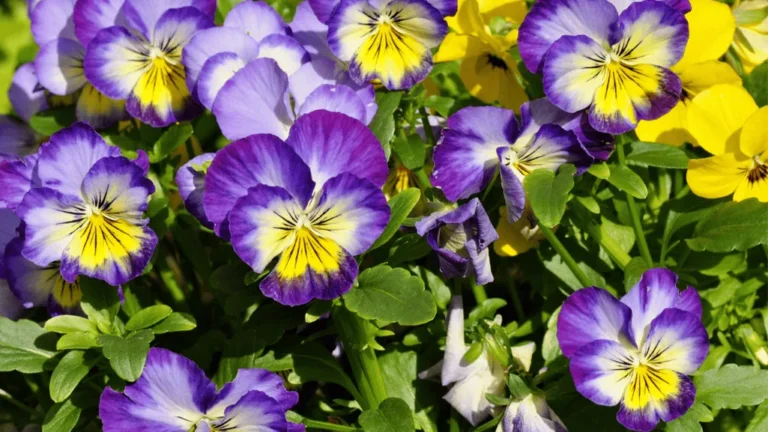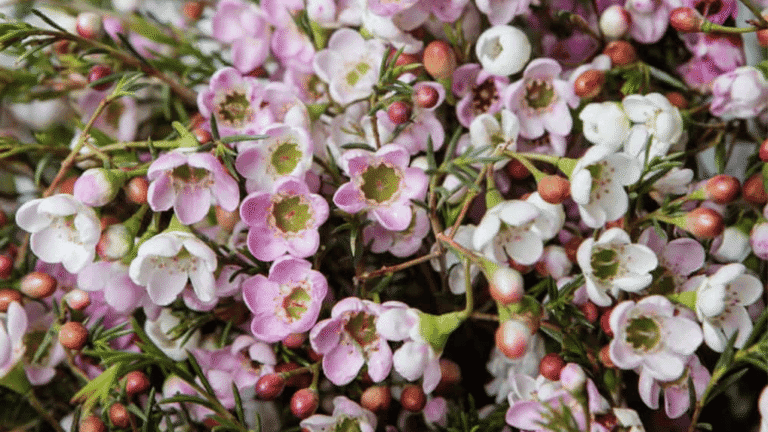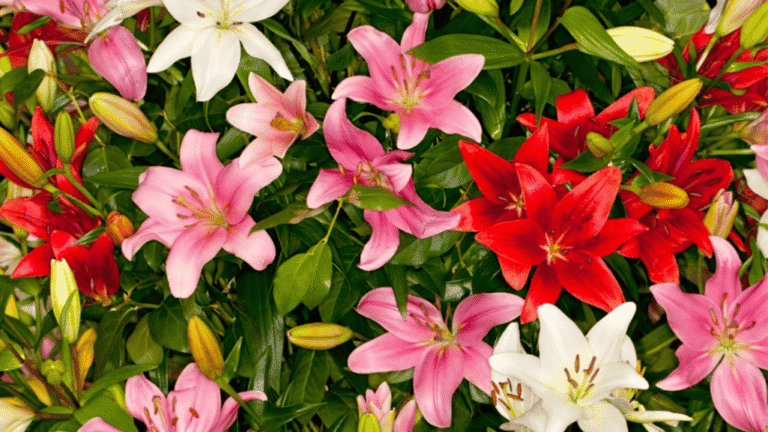Beautiful flowers gardenia Plants For Your homes

Night-blooming and elusive, The Kadupul flower is rare cactus blossom appears only after dusk in Sri Lanka’s rainforests. It opens with a bold white trumpet and fills the air with a brief, intoxicating scent.
Botanists and casual observers alike prize its transient show. The bloom lasts only for hours, wilting by dawn, which is why many call it priceless. Its climbing stems and large petals reveal that it is a cactus, not an orchid.
This introduction previews origins, biology, cultural meaning, and comparisons with other rare blooms. Readers will learn why careful timing is essential to witness a single night’s display and how that fleeting presence shapes symbolic uses during special occasions.
For a broader look at rare plants and context on similar spectacles, see a curated overview at rare flowers around the world.
Key Takeaways
- Native to Sri Lanka, it blooms at night and fades by morning.
- Large white petals and strong scent make it instantly recognizable.
- Its short bloom makes cutting or transporting impractical.
- Sections ahead cover origins, biology, culture, and comparisons.
- Content aims for factual clarity for both researchers and curious readers.
Meet the “Queen of the Night”: Origins, Identity, and First Impressions
When evening falls in Sri Lanka, a climbing cactus unfolds a single, unforgettable display that has captivated people around the world.
Known locally as kadupul flower, its scientific name is Epiphyllum oxypetalum. This plant opens large white blooms after dusk, peaks before dawn, then wilts within hours.
Its night opening earns the “queen night” title. A few subtle cues—swell at the bud tip and a stronger evening scent—hint that a bloom is imminent.
The first impression blends radiant appearance with a calming, almost intoxicating fragrance. That sensory mix makes a single bloom memorable for local people and enthusiasts alike.
“A fleeting white trumpet that glows in humid air — once seen, it lingers in memory.”
Its brief hours on display add to the story of rarity. Even with careful timing, perfect visibility is never guaranteed, which only heightens this plant’s beauty and mystique among lovers of rare flowers.
The Kadupul flower: biology, appearance, and its fleeting nighttime bloom
After sunset, an epiphytic cactus unfurls a trumpet-shaped bloom that peaks before dawn and then collapses.
Scientific identity
Epiphyllum oxypetalum is an epiphytic, climbing cactus adapted to trees. It is not an orchid, despite similar large white blooms. This plant uses aerial roots to anchor on branches and gather moisture from humid air.
Appearance and scent
Flowers open as wide, trumpet-like structures often near 30 cm across. Wide white petals create a striking low-light appearance. A strong nighttime fragrance intensifies to attract pollinators during brief activity.
Life cycle, timing, and habitat
Blooming begins in the evening, reaches peak before dawn, then wilts within a few hours. Buds form over weeks or months, so not every season yields many flowers.
- Habitat: warm, humid rainforests of sri lanka with indirect light.
- Physiology: cactus adapted to airy, well-draining media in cultivation.
- Care note: bright indirect exposure, steady warmth, and careful watering help promote bloom potential.
“A single night can contain both full blossom and collapse, a reminder of fleeting natural beauty.”
Myth, meaning, and cultural resonance in Sri Lanka
In Sri Lankan lore, a single moonlit bloom often stands as a sign of blessings and whispered vows. Across villages and temple grounds, its brief appearance links love, prosperity, and spiritual favor.
Legends of love, spirituality, and auspicious occasions
Local legends treat a midnight blossom as a divine gift that can grant wishes if witnessed at its peak. Poets and artists use that fleeting moment to symbolize fragile existence and sudden beauty.
Communities often gather at night to witness a single opening. These shared evenings turn the bloom into a communal experience and a meaningful present rather than an item to harvest.
- Symbolism: appearance linked to blessings during weddings and religious occasions.
- Practice: viewing is celebrated; cutting or selling is discouraged to preserve both plant and ritual.
- Recognition: even botanists note how cultural stories shape this bloom’s allure around the world.
“A moment of white light, fleeting yet full of meaning.”
Rarity, value, and why this “expensive flower” is considered priceless
Worth more in memory than in market, the kadupul flower trades in moments, not money. Its bloom opens at night, lasts only a few hours, and collapses by dawn. That brief life makes a standard price impossible.
Why it has no price
The bloom wilts when cut and cannot survive transit. This makes commercial sale, cart checkout, or reliable delivery impractical. No reputable seller lists it as delivery available or offers same day delivery.
How it compares with costly specimens
Certain blooms do carry a monetary tag. A famed rose required years of breeding and huge investment, and an engineered orchid once fetched six figures after long cultivation.
- Contrast: those prices reflect human effort and scarcity in the market.
- Reality: the kadupul flower’s worth is experiential, not a retail price.
Global allure and cultivation limits
Enthusiasts and botanists travel the world to catch rare blooms. Replicating warm, humid conditions for these plants is possible, but consistent blooming remains elusive.
“Its value is the single perfect night — priceless despite being an ‘expensive flower’ in concept.”
Conclusion
A single night can hold an entire story of beauty, scent, and sudden loss. Epiphyllum oxypetalum opens after dusk in warm rainforests, shows wide white petals, then fades by morning.
Value for this plant comes from experience rather than sale. Treat each bloom as a gift of presence: observe, do not possess.
At home, create quiet moments to honor brief blooms. Support habitat protection, grow compatible flowering plants, and tend a small garden to invite similar wonder.
There is no reliable delivery for this experience. Instead, protect habitat and practice calm attention. Some encounters—true queen night moments—arrive softly and leave their memory as the lasting treasure.





